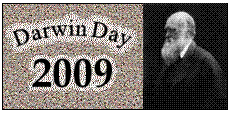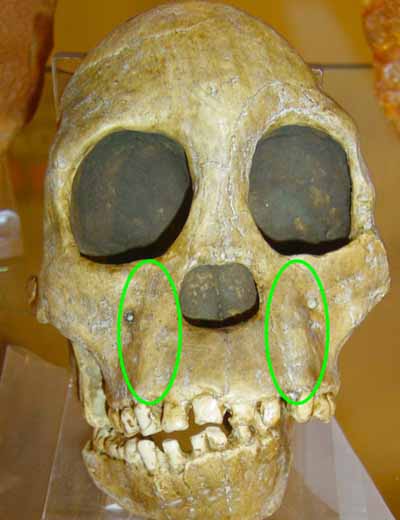Show Me The Science Month Day 12
Natural selection is often much like Goldilocks - an organism's traits shouldn't be too hot or too cold; natural selection likes them just right. In other words, traits are under pressure to remain near an optimum. If they deviate too far, natural selection will not-so-gently prod things back to the center. This phenomenon is known as
stabilizing selection.
Stabilizing selection has to push against another powerful evolutionary force - random drift. Much of our genetic makeup is influenced by
non-adaptive processes, that is, processes that are not particularly favored or disfavored by natural selection, and which do not perform some function that improves the fitness of the organism. Selection and drift have been especially hard to tease apart when it comes to gene regulation. Related species regulate their genes in different ways, but how many of those differences are simply due to random divergence? Trevor Bedford and Daniel Hartl at Harvard University take a crack at this question in a
recent paper. They use a mathematical model based on Brownian motion (the kind of random motion you see when you watch pollen grains buffeted about in a drop of water) to determine how well stabilizing selection counteracts the battering of random drift.
 Melville on Science vs. Creation Myth
Melville on Science vs. Creation Myth Non-coding DNA Function... Surprising?
Non-coding DNA Function... Surprising? Yep, This Should Get You Fired
Yep, This Should Get You Fired No, There Are No Alien Bar Codes In Our Genomes
No, There Are No Alien Bar Codes In Our Genomes











